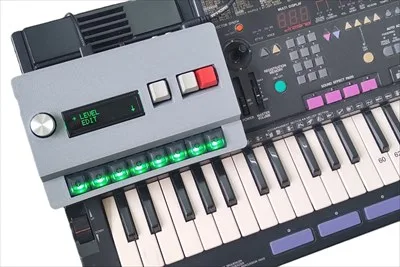Lofi music’s soft, rich tones and simple rhythms make many people pick it as a background for studying, leisure, and even sleep. Among those attempting to create a peaceful atmosphere with music, this is a decision based on its subdued but interesting sound character.
The Basics of Lofi Music Production
Starting Lofi music production requires a simple setup, usually comprising a digital audio workstation (DAW), a decent set of headphones, and knowledge of sound sampling. Lofi is really about its flaws, such as the sound of vinyl crackles or background hiss, which producers often purposefully include to accentuate the warm, nostalgic quality of the music.
Important Software and Hardware
Good music creation depends on the correct tools being chosen. For novices who are new, reasonably priced DAWs like FL Studio or Ableton Live are great options. These programs provide strong capabilities for sound modification and sampling. Including a MIDI keyboard and a top-notch microphone can greatly raise production quality and let you record your tunes and sounds.
Lofi Music Production Techniques
The key is to understand the foundations of Lofi’s music creation. The distinctive sound of the genre is produced in part by low-pass filtering, careful reverb application, and intentional detuning. A fundamental component is sampling; producers sometimes create original compositions by combining bits from vintage jazz or soul records.
Exploring the Lofi Song Sampler
For novices, a Lofi song sampler might be quite helpful. It offers a library of pre-recorded, royalty-free loops and samples that may be layered and adjusted to produce original compositions without using a lot of recording gear. Sampling is about turning pre-existing music into something totally fresh and personal, not only about exploiting it.
Creativity in Sampling and Track Assembly
Lofi’s music is beautiful in its collage-like method of creation. Producers can arouse nostalgia and peace by imaginatively combining several samples, such as the chimes of a far-off bell or the crackling of vinyl. Often used techniques to fit the samples to the intended tempo and key are cutting and screwing or pitch correction.
Mixing and Mastering Your Tracks
Mixing and mastering—balancing the several components so they blend naturally—comes next once the track is put together. This phase improves the whole sound of the music so that no one instrument or sample overshadows the others. Achieving a lo-fi look calls for a delicate touch; often, this leaves some aspects slightly rough to preserve the real feeling of the genre.
Conclusion
Refining and sharing your work comes second once you have your track. By providing musical tools, sites like SnapBeat.net assist you in advancing your abilities and navigating the realm of music production. SnapBeat.net offers the necessary gear you need to succeed in the Lofi music scene, whether your budget is for buying music production equipment or a Basic Musical Sampler.















